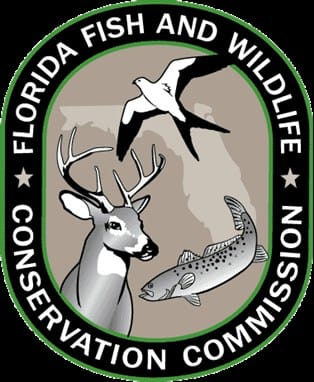2013 Python Challenge Competitors Turn in 68 Burmese pythons

Competitors in the 2013 Python Challenge trekked through more than a million acres of swamps and sawgrass in search of the well-camouflaged Burmese python. The Florida Fish and Wildlife Conservation Commission (FWC) today announced the results: 68 Burmese pythons harvested during the Jan. 12-through-Feb. 10 competition.
The goal of the Python Challenge was to heighten public awareness about this invasive species, yet it also proved to be an unprecedented opportunity to gather important data about Burmese python populations and their impact on the Everglades ecosystem.
“Thanks to the determination of Python Challenge competitors, we are able to gather invaluable information that will help refine and focus combined efforts to control pythons in the Everglades,” FWC Executive Director Nick Wiley said. “The enthusiastic support from the public, elected officials, conservation organizations, government agencies and researchers gives hope that we can make progress on this difficult conservation challenge by working together.”
At the Python Challenge Awareness and Awards Event at Zoo Miami on Feb. 16, FWC Commissioner Ron Bergeron and Wiley congratulated and presented trophies to the top competitors. Nearly 1,600 people from 38 states, the District of Columbia and Canada had registered for the competition.
Here are the official 2013 Python Challenge results:
The $1,500 Grand Prize for harvesting the most Burmese pythons went to Brian Barrows, who harvested 6 pythons in the General Competition, and Ruben Ramirez, who harvested 18 pythons in the Python Permit Holders Competition. The Second Place Prize of $750 in the most-harvested category went to Bill Booth, who harvested 5 pythons in the General Competition, and Blake Russ, who harvested 5 pythons in the Python Permit Holders Competition.
The $1,000 First Place Prize for harvesting the longest Burmese python went to Paul Shannon, who harvested a 14-foot, 3-inch-long python in the General Competition, and Ruben Ramirez, who harvested a 10-foot, 6.8-inch-long python in the Python Permit Holders Competition. The Second Place Prize of $750 in the longest snake category went to Rigoberto Figueroa, for a 14-foot, 2.3-inch-long python in the General Competition, and Ruben Ramirez, who harvested a 10-foot, 3.6-inch-long python in the Python Permit Holders Competition.
Wiley thanked sponsors of the 2013 Python Challenge who provided prize money and other donations to the Wildlife Foundation of Florida in support of this event. Sponsors included Commissioner “Alligator Ron” Bergeron, Rachel Dodd, the Felburn Foundation, the Flowers Foundation, Golight Inc., Hoorag Bandanas, Incinc, K-Light Solar Lantern and Flashlight, Florida Wildlife Federation, Richmond Criminal Law and Mr. B.R. Slocum. Due to the generosity of sponsors, additional prizes were added.

